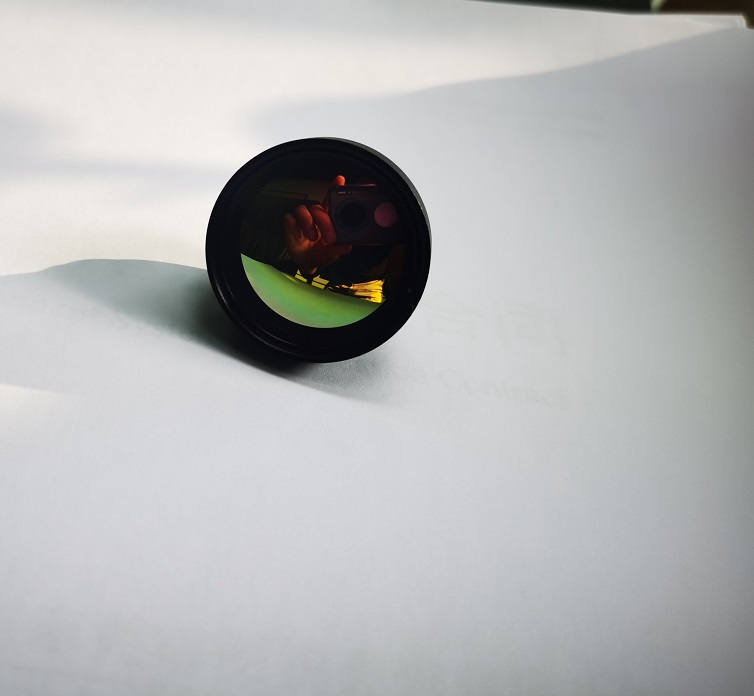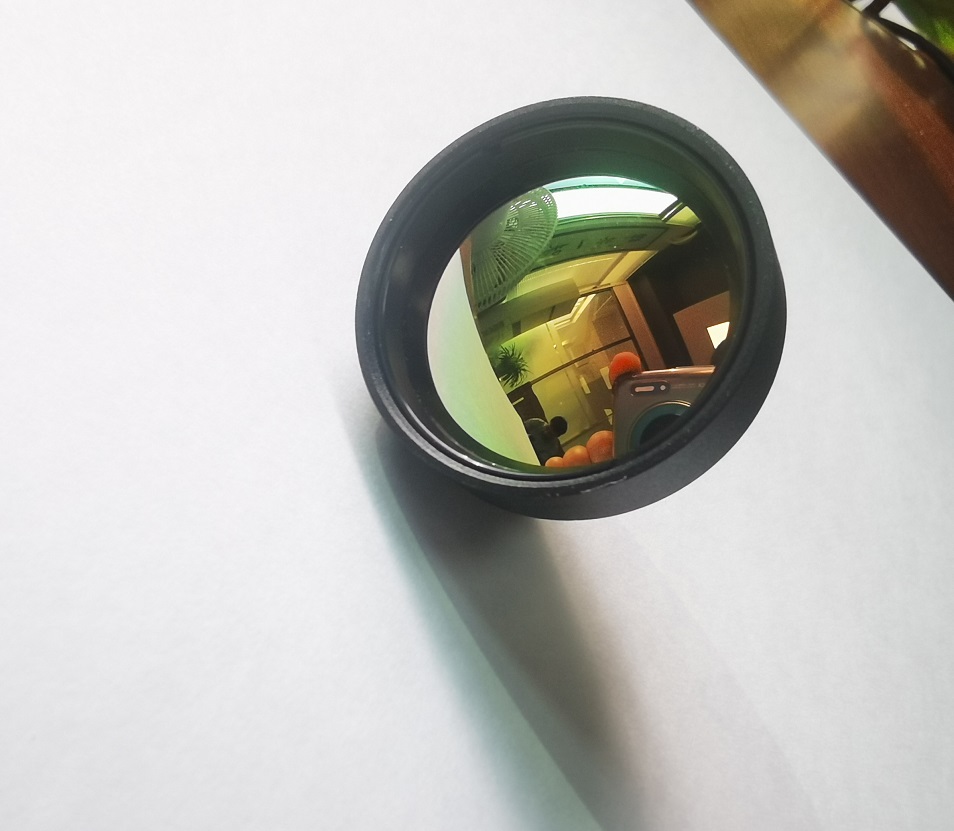frIndustrial News
les bases de l'imagerie thermique
Technologie d'imagerie thermique a revolutionized Various Industries by providing a unique and valuable Method of Capturing and Visualizing heat. Two Common used Thermal Imagers are long - wave Thermal Imagers and Medium - wave Thermal Imagers (deux images thermiques communes utilisées sont des images thermiques à longue vague et des images thermiques à longue vague). While these Devices may appear similar, they different significatly in terms of Capabilities and Applications (pourquoi les dispositifs peuvent être utilisés dans les termes des capabilités et des applications). This article aims to explore the Key Differences between Long - wave and Medium - wave images thermiques.
Le Waveband range
One of the Primary divisions between Long - wave and Medium - wave Thermal Imagers lies in the Waveband range they operate within. Long - wave Imagers operate in the long - Wave Infrared (LWIR) Spectrum with Wavelengths typically Ranging de 8 à 14 microns. On the other hand, Medium - wave Imagers operate in the Mid - Wave Infrared (MWIR) spectre, couverture des vagues entre 3 et 5 microns.
Zone de détection et de sensibilité
Long - wave Thermal Imagers generally possess a long Detection Range than their Medium - wave counterparts (en anglais seulement) Due to the long Wavelengths they capture, long - wave Imagers are more efficient at Detection Emissions thermiques à faible énergie d'objets à grandes distances. This makes them ideal for Applications such as surveillance, Search and rescue missions, and long - range Target identification.
In contrast, Medium - wave images thermiques Excel in Scenarios where High Sensitivity is crucial. Par capture Shorter Wavelengths, these images are highly sensitive to Temperature Variations and can detect even minor Thermal differences. Il est généralement utilisé dans la recherche scientifique, l'imagerie médicale, et l'inspection électronique, où il est precise mesure du temps est critique.
Coût et disponibilité
The Cost of Thermal Imagers is often dependent on the Waveband Range and the Technology Used (le coût des images thermiques est un problème sur la gamme des vagues et la technologie utilisée). Long - wave Thermal Imagers are generally more Affordable and widely available compared to medium - wave Imagers (en anglais seulement). The Production of Long - wave Imagers has been Standardized over the years, making them more Cost - effective for a broader range of applications (la production d'images de longues vagues a été normalisée sur les années, faisant plus d'effet pour un large éventail d'applications).
On the other hand, Medium - wave Thermal Imagers tend à être plus expensive due to the Advanced Technology required to Capture and Process Shorter Wavelengths. Il existe une disponibilité limitée, une catégorisation principale pour les industries spécialisées et les champs de recherche avec des exigences spécifiques d'imagerie thermique.
La Confédération
In summary, long - wave and Medium - wave Thermal Imagers different in their Waveband range, Detection Range and Sensitivity, as well as cost and Availability (en anglais seulement). The Choice between the two depends on the Specific Application and the desired level of performance. Whether It's Long - range surveillance or detailed Temperature Analysis, Understanding the divisions between these Imaging technologies is crucial to making an Information Decision Base on the requirements of the intended Task (où il s'agit d'une longue - gamme de surveillance ou d'analyse du temps défini, en dessous des limites des technologies d'imagerie est crucial pour créer une détermination de l'information sur la base des exigences de la tâche intégrée).
 French
French  English
English German
German Japanese
Japanese Korean
Korean Vietnamese
Vietnamese Spanish
Spanish भारत
भारत

